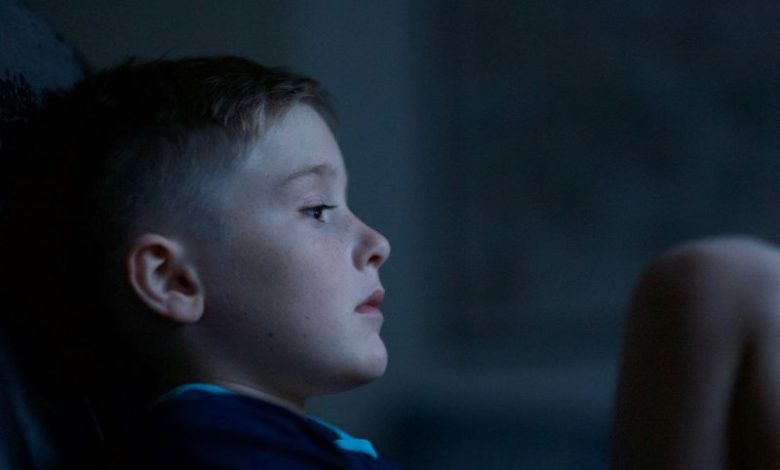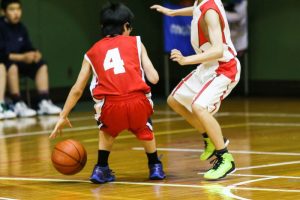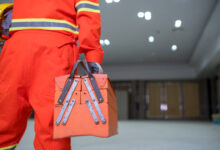Start of school highlights cost-of-living crisis
Families are doing it tough in the back-to-school season as uniform, stationery and other costs pile onto existing needs like food and rent.

Each year, the start-of-school season brings headlines about rising costs, and this year is no different, with prominent children’s charity KidsCan releasing their annual school survey and uniform costs making headlines.
Recently released Statistics New Zealand figures have shown that child poverty rates in New Zealand have remained relatively constant. One in nine children live in low-income households, and Māori, Pasifika and disabled children are overrepresented. Although child poverty rates fell in 2019 from around 16 percent, the figure is now stable at about 12 percent.
Read the Term 4 edition of School News HERE
KidsCan’s annual survey asks kaiako from their partner schools to respond to set questions; this year, 347 schools responded, with 65 percent agreeing poverty was getting worse. Unaffordable housing was cited as a big factor, and 47 schools reported students had taken on part-time work to help their families resulting in a reduced ability to participate in school.

Principals reported their schools were increasingly taking on financial costs to help their communities. Uniform costs, school trips, stationery, transport and sports fees were among the costs being absorbed by schools to help whānau make ends meet.
KidsCan CEO Julie Chapman notes that the start-of-school is “always the hardest time of year for vulnerable families as they face crippling back-to-school costs – but 2024 may be the toughest yet.
“We’re facing record demand with thousands of students waiting for help. Schools aren’t just asking us for food and clothing – some need shampoo, soap and toothpaste. The essentials are becoming luxuries.”
Speaking to RNZ, Chapman also said that “families are having to make really difficult choices about whether they pay the rent, put food on the table, or pay for those back to school essentials.”
She said that schools can be the main source of food and nutrition for some children.

Uniform costs are also making headlines, with Stuff auditing high school uniform costs in Tāmaki, our largest urban centre. They found the average new school uniform for senior students at Auckland high schools is $468. This price included two shirts, one skirt or pair of pants, a jumper and a jacket or blazer. Tie requirements were also added to the price if schools had them in the place.
Susan Glasglow, head of the Variety the Children’s Charity, said that they had seen an increase in families needing help with school uniform costs. In 2023, they recieved almost 1700 claims.
“It’s going up year-on-year by the hundreds,” said Glasglow.
“Many children are wearing hand-me-downs that don’t fit them properly or are worn out. These kids and their families often feel really ashamed.”

Johanna Reidy, a health researcher, found in a recent study that school uniform may become a barrier for attendance due to the maemae (shame).
“When I’m talking with principals from more affluent areas, you might not find out immediately that a lack of uniform is the reason a kid is not coming to school,” said Reidy.
“You want to remove these barriers that keep kids from getting to school.”
Ensuring that uniform costs don’t become an undue burden on families by keeping costs low and uniform rules flexible is the duty of a school board.
In response to their findings, KidsCan has launched a campaign to support vulnerable children in the back-to-school season.









